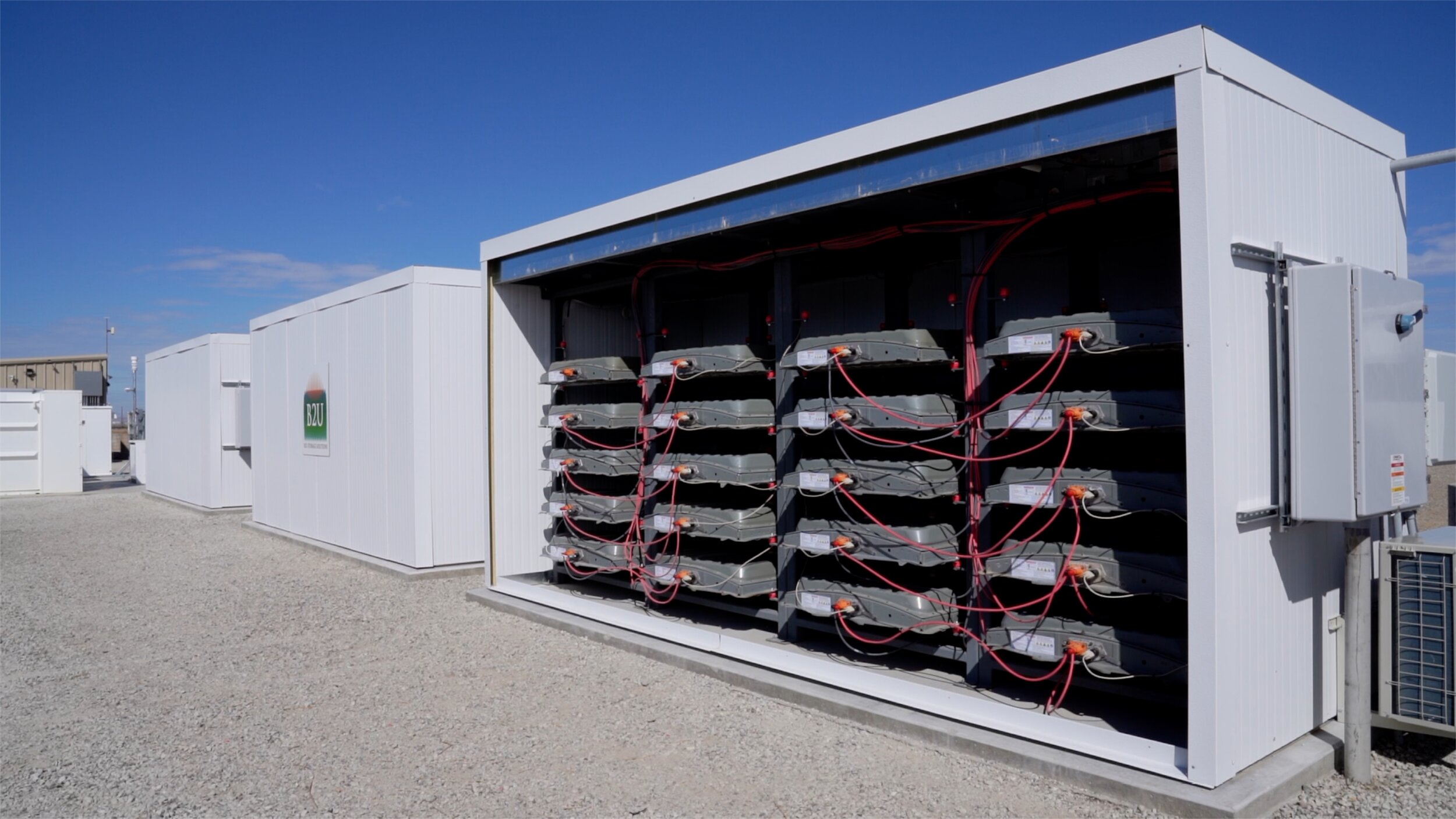- cross-posted to:
- technology@lemmit.online
- cross-posted to:
- technology@lemmit.online
This Southern California solar farm is using retired EV batteries for storing the power and then send to the grid when needed. This way the retired batteries can extend their usefulness for several…::A Southern California company is showing how repurposing EV batteries for stationary storage can extend their usefulness for several years.



By daily swing I mean the difference between minimum (base load) and maximum (peak) MWh demand within a 24 hour window. Typically this means low period at night and high period in morning and late afternoon/evening. The types of generation and capabilities you have on the grid basically have to accommodate this demand swing while maintaining reliability. IE you can’t just run nuclear to provide for the peak because you can’t just turn it off when it’s not needed, stuff like that, voltage has to be regulated in real time to maintain the frequency of the grid.
With increasing transportation electrification people are largely charging their cars overnight, this is increasing the overnight demand and potentially raising the minimum base load and reducing the daily swing. This means you may not need as much capabilities to fill that gap, things like ramping up hydro (renewable but environmentally destructive) or gas (GHG emitting) to handle the swing and peaks. You can imagine if demand is always kept the same it would be much easier and more reliable so this is basically a way to get closer to that. Right now there’s a lot of tools like dispatchable generation, dispatchable loads, trading over interties to neighboring jurisdictions, load-shedding, and demand response programs where if large consumers alter their usage patterns in accordance with grid conditions they receive compensation.